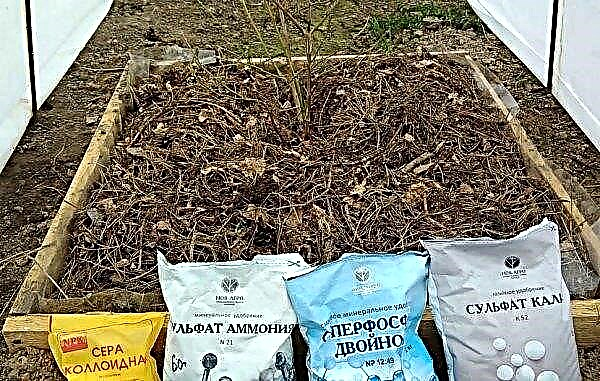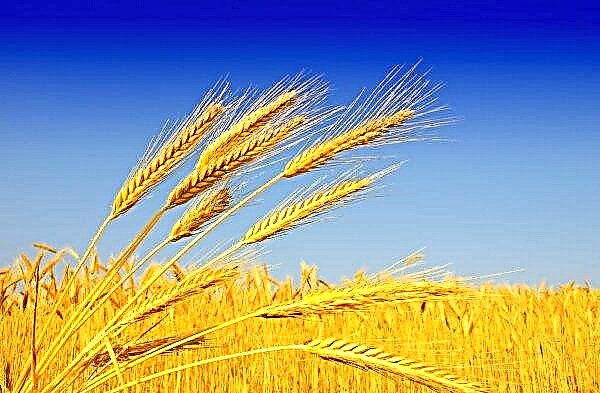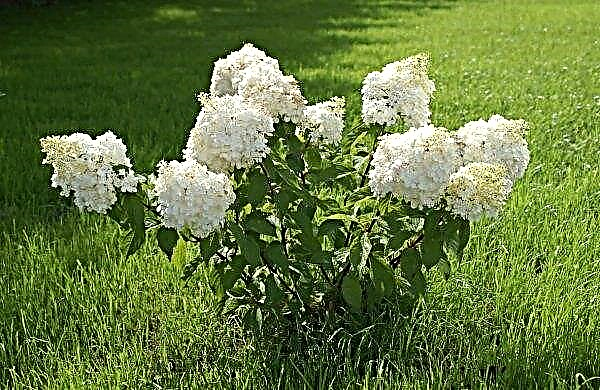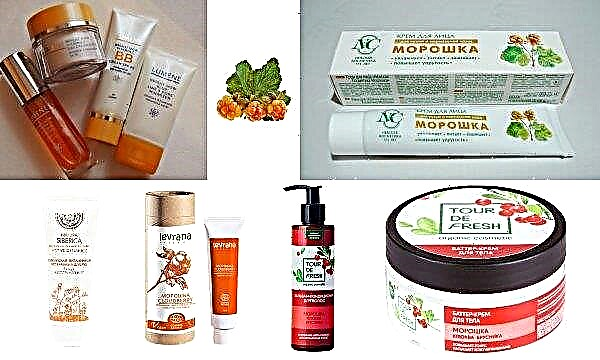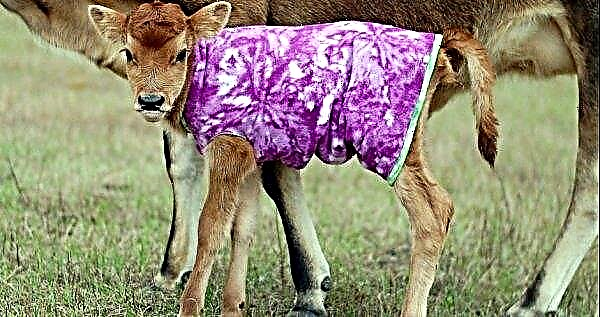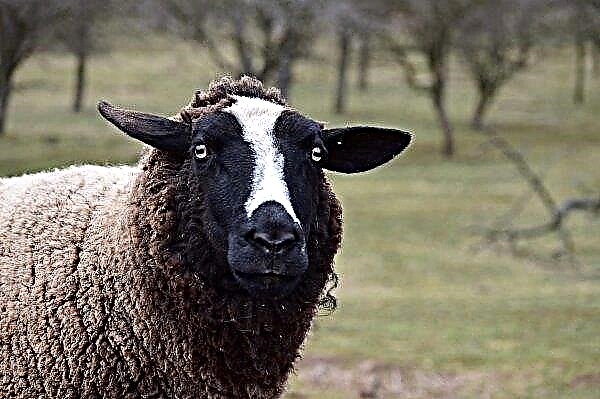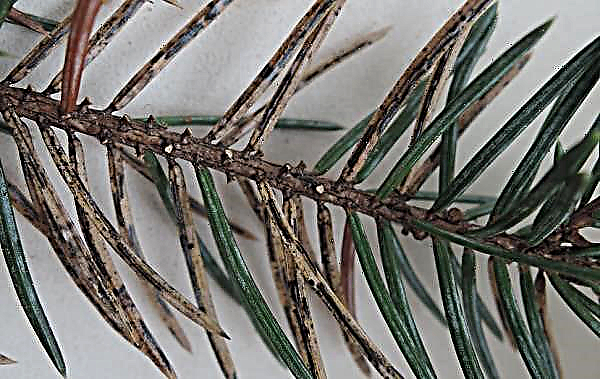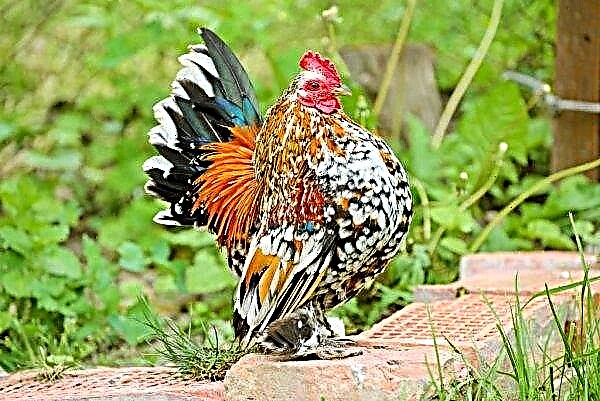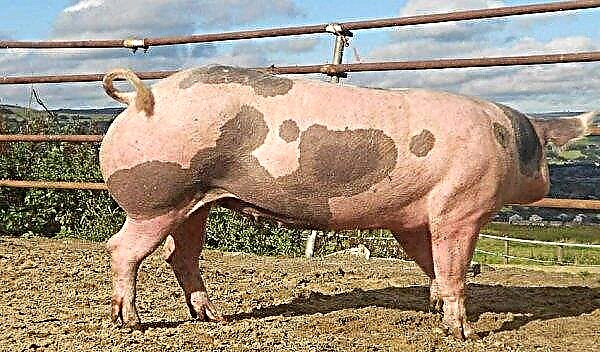Hayes Starburst or Hayes Starburst is a beautiful and unpretentious plant. Her flowers fill the garden with a pleasant honey aroma. The plant tolerates severe frosts very well, which has earned a lot of positive reviews from landscape designers and gardeners in our country. Terry hydrangea flower is formed in an irregularly shaped inflorescence. As soon as the bush begins to bloom, they are cast in a greenish color, and closer to the middle of flowering they become completely white with a slight creamy tint.
Description Hayes Starburst
This tree-like shrub was first found in the southern and eastern territories of the United States of America. In nature, it is often found in the south and east of Asia, the north of the United States. Most of the plants recorded in Japan and China. It should be added that the variety was first discovered by a resident of Alabama H. Jackson.

Hydrangea Starburst can grow up to 3 m. The minimum height is only 1 m. The crown of the bush is round. Its diameter ranges from 140 to 150 cm in an adult plant. Inflorescences are located at the end of the branch. Their diameter can reach 25 cm. By themselves, they are quite magnificent. Often resemble the shape of a ball, a hemisphere and a flat pyramid.
Did you know? If the soil is acidified only on one side of the shrub, then future inflorescences will change color. In this way, you can get different shades on one bush.
The leaves of hydrangeas of this variety are large. Their length can reach 20 cm. Usually they grow oblong or elliptical in shape, less often ovoid. Their edges are jagged, but not sharp. The middle itself resembles a heart in shape. The upper surface has a characteristic dark green color. The lower part is gray. By mid-autumn, the foliage becomes a lemon green color.
The plant stem usually grows straight. It does not differ in increased strength and breaks easily. Quite often, the shoots bend under the weight of the inflorescence. In this case, special supports or additional circular mounts are created for them. It is this feature that is one of the main disadvantages of the variety.
Flowers are placed in small numbers. They have a diameter of up to 2 cm. At the time of flowering, their petals are painted green. After some time, they turn white. At the final stage of flowering, a faint pink hue appears in the petals. The seed box is ribbed. It is painted brown. Its size rarely exceeds 3 mm. Formed in early September.
The bush itself is developing quite quickly. In one year, he can add up to 0.5 m in height. After 3 years, it reaches its maximum size. The Hayes Starburst plant blooms profusely. Petals open in early June and fall only closer to the first frost.
Important! In some cases, the use of ash, manure, chalk and lime should be discarded. After all, the plant prefers acidic soil.
A unique feature of this plant, like many other varieties of hydrangea, is considered to be excellent winter hardiness. The shrub is able to safely survive the frost to -35 ° C. It is grown in the northern regions of the country without any problems. Hydrangea bush loves a little high humidity. At the same time, it is recommended to plant it exclusively in a special soil composition.
Landing
Planting hydrangeas is quite simple and differs little from a similar procedure for other plant varieties. This variety coexists even on slightly alkaline soils.
When is the best time to plant
Tree hydrangea must be planted in accordance with the climatic conditions of a particular region. In the northern parts of the country, it is best planted in early spring. It is necessary to predict the moment when the circulation of juice on the branches has not yet begun, but the soil has already completely thawed. In areas where a warm climate reigns, planting is allowed not only in spring, but also in autumn, when the plant discards foliage.
How to plant
The site is selected based on its sunlight. The most favorable place is where the sun is all the first half of the day. After lunch, the area may sink into a faint shadow. It is not recommended to land in places where there are often strong gusts of wind. With constant drafts of inflorescences, plants wither faster.
It is important to take care of the soil. It should remain slightly moistened all the time, therefore planting near other shrubs and trees is not recommended. The optimal distance at which other species should not grow is considered 2 m.Did you know? Hydrangea has its own day, which is celebrated by gardeners. Unfortunately, it falls on January 5, and you can see flowers at this time in our latitudes only in the store.

For planting seedlings choose three- and sometimes four-year plants. The best option is to buy seedlings with a closed root system. If there are none on sale, then it is necessary to carefully examine the condition of the roots. Before planting, the seedling is abundantly filled with water. Thanks to this process, it is easily removed with a lump of earth from the container. Sticking roots longer than 25 cm cut off. If dry or damaged branches of the root system were found, they are also removed.
If the soil is poor, then deepen it. Its diameter should be approximately 50 cm. It is recommended to go deeper into the bowels of the earth by not more than 70 cm. If the soil is fertile, then the depth of the planting pit can change to 50 cm. According to some gardeners, this figure depends on the length of the roots and the earth coma. , which is fixed on them. A specially prepared substrate is poured into the center of the recess.
It consists of:
- 2 servings of black soil;
- 1 serving of sand;
- 2 servings of humus;
- 1 serving of peat.

A small amount of mineral fertilizers should also be added here. Their weight should not exceed 60 g. As a result, a small mound should be obtained on which a seedling with an earthen lump is established. The remaining substrate is evenly distributed along the perimeter of the pit. The surface of the earth is rather densely compacted. A large amount of water is poured under the root - up to half a bucket.
After landing care
Hayes Starburst tree hydrangea needs plentiful watering. It must be increased at the time of drought. In addition, it is necessary to constantly remove weeds in the near-stem circle of the bush, as well as loosen the soil. These procedures are designed to improve the flow of air to the roots of the plant. In addition to them, care should be taken to feed, trim and protect against diseases and pests. There is an unwritten regulation of the care process.
The description of its main stages is as follows:
- Watering spend at least 1-2 times in 7 days. The water temperature should be in the range from + 20 ° C to + 25 ° C. At least 3-4 buckets are poured under each plant. Determine the lack of moisture by foliage. If it begins to turn yellow, then the number of waterings should be increased. Also, the lack of moisture can adversely affect the color state, so the soil near the trunk circle should always remain moist.

- After rain or watering is also required soil loosening. Since the root system is located in close proximity to the ground, the treatment should be carried out very carefully. At the same time, weeds should be removed.
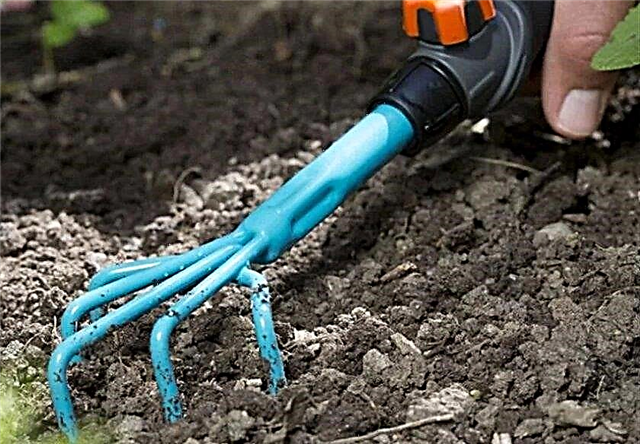
- Extra protection against moisture loss means creating a layer mulch. The materials used are peat or humus. In this case, the likelihood of emergence of weeds is significantly reduced. Also, the irrigation procedure can now be carried out no more than 1 time in 10 days.
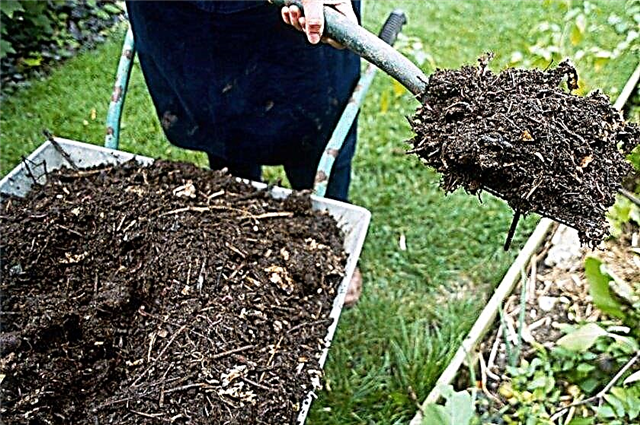
- So that the flowers always remain bright and delight the gardener until late autumn, the introduction of mineral and organic fertilizer. The first top dressing is carried out in the spring. For this, a drug called Kemera Flower is ideal. It contains strictly calculated proportions of nitrogen, phosphorus and potassium. At the same time, the plant receives additional beneficial trace elements. The second top dressing is carried out during the formation of buds. It consists of 30 g of potassium sulfate and 50-60 g of superphosphate. This rate is used for each individual bush. It is allowed to carry out 2-3 additional feeding before the wintering period. But special attention should be paid to nitrogen-containing fertilizers. If their application is too large, then hydrangea can hibernate poorly and / or change the color of the flowers.
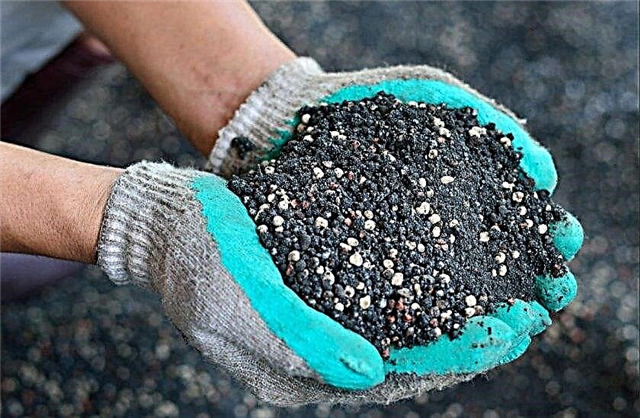
- Spring carried 2-3 watering with potassium permanganate. It is also possible to spray foliage with this composition. This procedure is designed to strengthen the trunks of the plant, which bend and can break under the weight of inflorescences. You can tie them up, but the decorative properties will be lost.
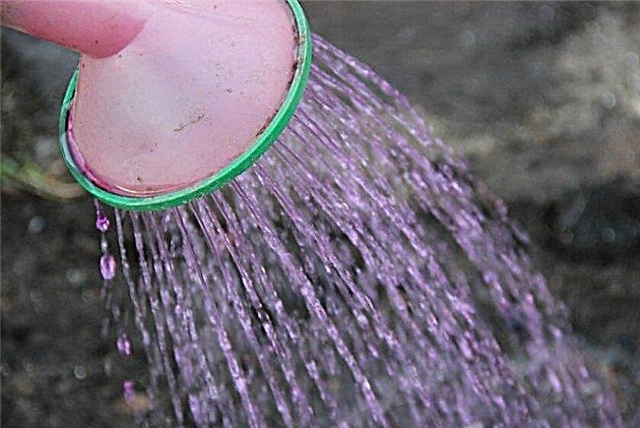
Hydrangea Hayes Starburst is considered the most resistant to frost and low temperatures. If the seedling was purchased in the southern regions of the country, then after planting for the winter, it is recommended to wrap them. The bush, which has not yet turned 5 years old, is covered with spruce branches or foliage. The branches remaining after trimming are tied together so that they do not break under the weight of the fallen snow. Even a damaged bush in winter quickly regains its development in the spring.
Particular attention is required to trim. The first 4 years after planting in open ground, the plant does not touch at all. Upon reaching 6 years or more, they begin to trim twice a year. The first time in the spring, the second in the fall. The main thing is pruning during the period of withering inflorescences. They must be completely removed from the bush before the onset of frost.
If the bush is not trimmed at all, over time it grows very much and loses its appearance. In early spring, when the juice still doesn’t flow down the trunk, carry out preventive removal of old and damaged shoots. At the same time, those branches are cut that are directed inside the bush. Shoots, which turned one year old, shorten up to 5 buds. Already this season, inflorescences will appear on them.Important! Hydrangea can propagate in various ways: cuttings, seedlings, dividing the bush, seeds and layering.

Once at least 7 years old, anti-aging pruning is performed. In spring, shoots are removed to a height of more than 10 cm from the soil surface. If the shrub is very old, then the rejuvenation process is carried out gradually. It can drag on for 3 years.
Diseases and Pests
Most often, hydrangea suffers from adverse effects. spider mite. It may also appear on it. green aphids. Both of these insect species feed on plant sap. Since folk remedies are not always effective, it is better to immediately take up the acquisition of chemicals.
There are a lot of them, and you have to choose from the most common:
- "Aktara";
- "Actellicus";
- Sunmight;
- Fitoverm.

Of the most common diseases emit powdery mildew, chlorosis and peronosporosis. These fungal ailments are treated with fungicides.
The following drugs are considered the most popular in our country:
- Bayleton;
- "Fitosporin";
- "Quadrice";
- Alirin-B;
- "Topaz";
- "Gamair";
- "Fundazole".
 A solution of them is created according to the instructions, which are necessarily indicated on the package. An important factor is the exact observance of proportions, since the plant can not only not be cured, but also suffer more. Chlorosis is usually the result of a lack of iron in the soil or excessive fertilizer with manure. A clear sign of an ailment is the colorless spots on the foliage.
A solution of them is created according to the instructions, which are necessarily indicated on the package. An important factor is the exact observance of proportions, since the plant can not only not be cured, but also suffer more. Chlorosis is usually the result of a lack of iron in the soil or excessive fertilizer with manure. A clear sign of an ailment is the colorless spots on the foliage.
Use in landscape design
Hydrangea of the Hayes Starburst variety is often found not only in personal plots, but also on city streets. It adorns flowerbeds of streets, parks and squares. A bush can be combined with various types of conifers, phloxes, geraniums and some other flowers. In some gardens, it is used to create a hedge. Suitable for planting in group compositions. It is found as a single plant for decorating the lawn.
No one will say that hydrangea is devoid of appeal. This plant will delight the owner for a long time, giving delicate flowers and aroma almost all summer. Nevertheless, it must be carefully looked after. And to facilitate this process, you should memorize the information specified in this article.






